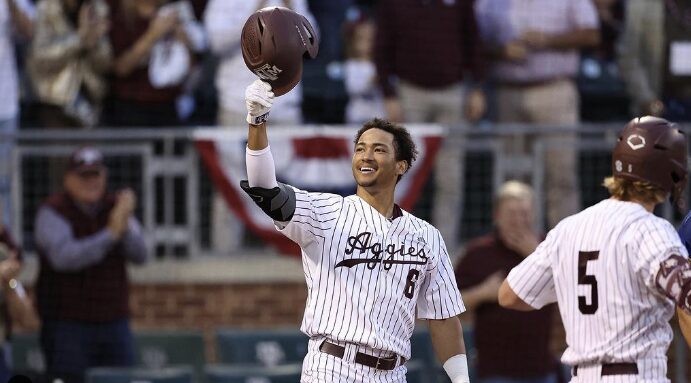Building out a draft board is a complicated exercise. Our process involves meticulous detail in batted-ball data evaluation, switch decision tracking, pitch metrics, athletic testing and one-on-one interactions with the players as we work to get a feel for their makeup. We attend tournaments, showcases, scrimmages and games to watch the players in their element. The whole process is complimented by extensive conversations with scouting directors, analysts, cross-checkers and area scouts to double-check our evaluations with differing opinions to help draw more conclusive ideas.
This update includes a stock watch feature. Any player who has moved up the board by at least 15 spots (half a round) will be highlighted as such next to their name.
EDITOR'S NOTE: The following rankings and evaluations by FSS PLUS are based on subjective analysis and industry sources, and do not influence, are not influenced by, or are affiliated with the opinions and reports of Future Stars Series scouting and development staff.












